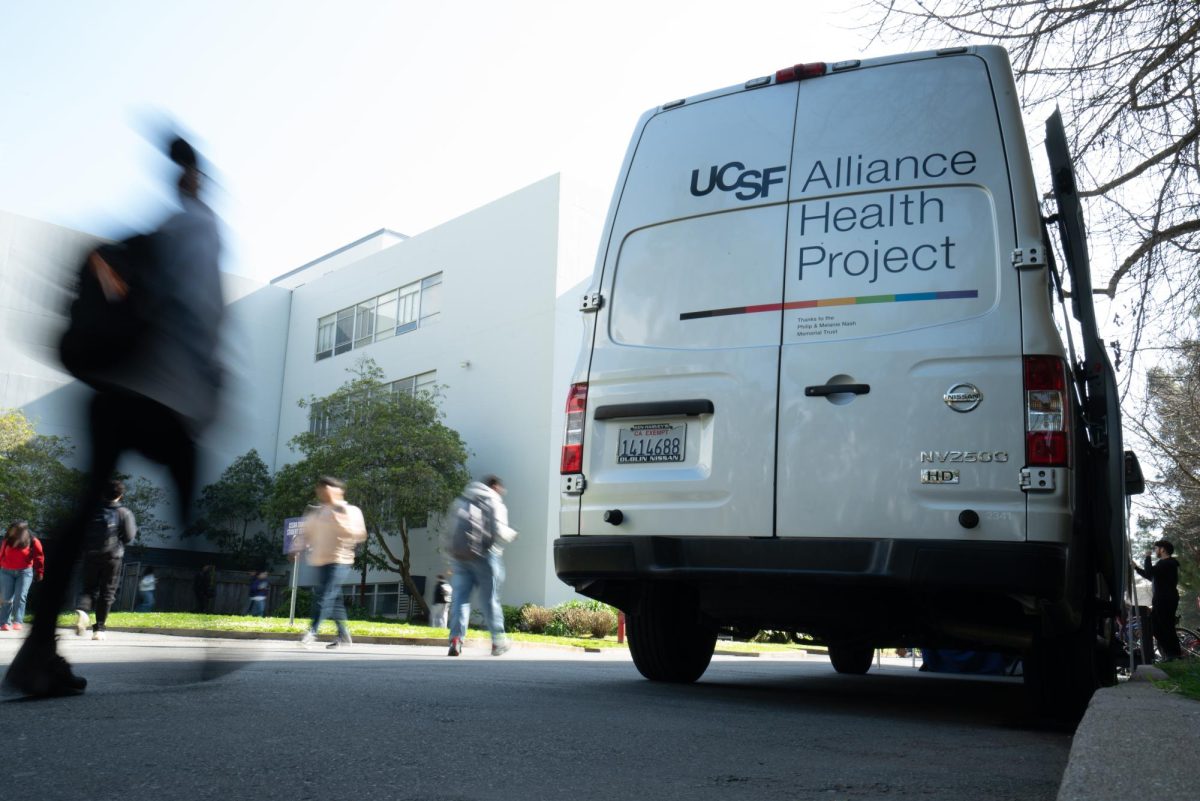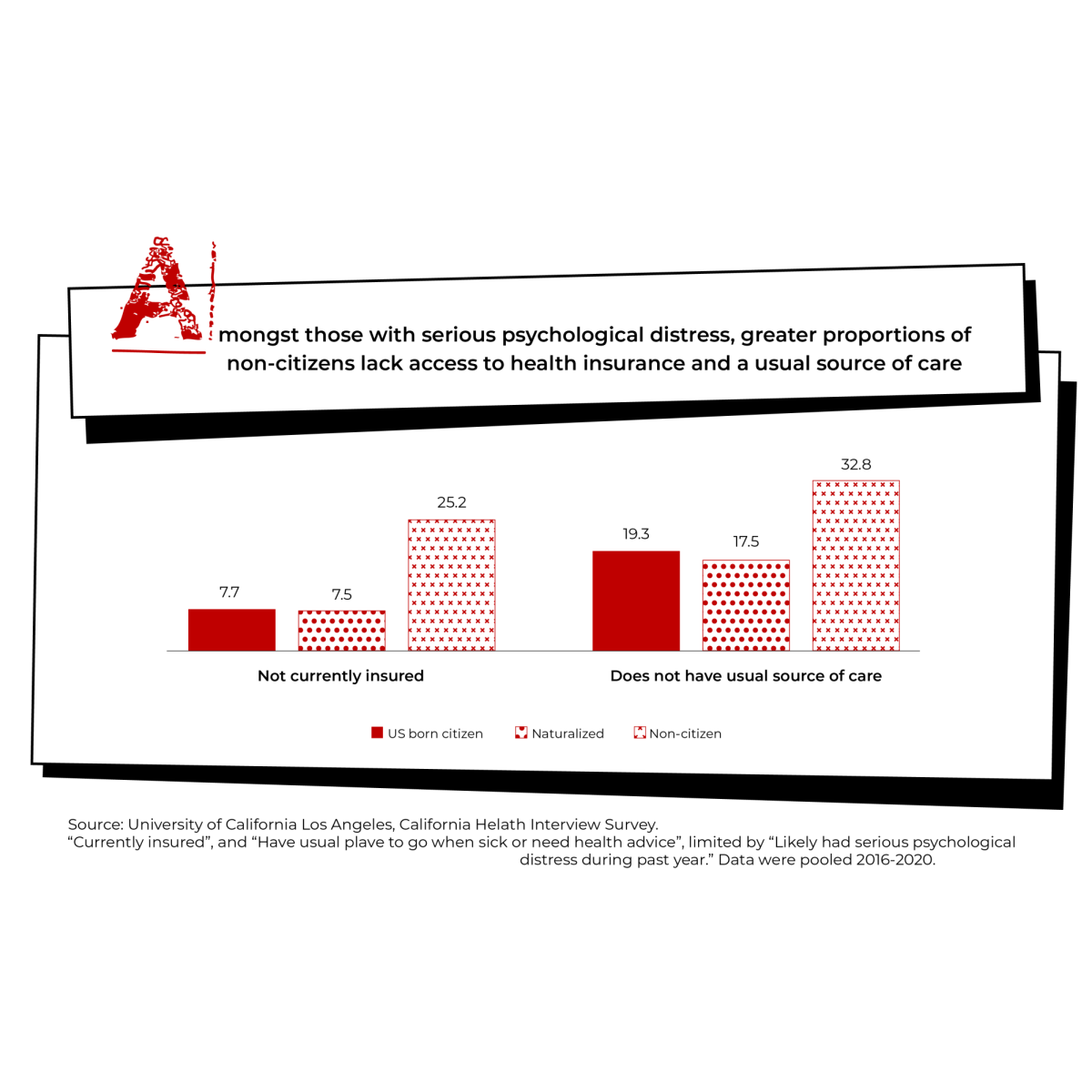Hellooo everyoone…welcoome to my ASMR channel…today today today we are going to explore *tongue click, tongue click, tongue click* some trigg-trigg-triggers…
Looks pretty weird written out, huh? If you didn’t know, that’s how most ASMR videos on Youtube start. ASMR, Autonomous sensory meridian response, is a brain sensation on the cusp of research legitimacy that imbues those who experience it with warm brain tingles. Is it defined by researchers Emma L. Barratt and Nick J. Davis of Swansea University as “a combination of positive feelings, relaxation and a distinct, static-like tingling sensation on the skin. This sensation typically originates on the scalp in response to a trigger, travelling down the spine, and can spread to the back, arms and legs.” Author Andrea Seigel described her ASMR reaction on This American Life as “almost stoner-like.”
A quick Google search will open the floodgates of thousands of “ASMRtists,” as they unironically refer to themselves, some of whom have individually amassed millions of views on videos of themselves whispering, scratching, eating, and roleplaying. While a plethora of ASMR videos exist online, few academic articles or studies can verify its authenticity, so no concrete claims can be made about what it does to the brain or if it has tangible psychological benefits. This could be because the phenomenon is relatively new, or that there is not yet a reliable way for the sensation to be measured. Typical brain scanning technology, such as an MRI machine or EEG wires that must be scrubbed into the scalp, are not exactly relaxing. The tingles the tests induce might just be shivers of anxiety.
Whispering and speaking softly are considered two of the most popular ASMR “triggers,” –along with tapping objects and food chewing– which are sounds or visual gestures that catalyze the ASMR tingle. Prominent media outlets such as Fuse TV and W Magazine both conduct ASMR interviews on their respective Youtube channels with musical artists, actors, comedians and celebrities, asking them to whisper the interviews in their entirety, oscillate between multiple microphones, eat crunchy chips, or squeeze diapers (don’t worry, they’re unused). Besides the obviously ambient videos, many ASMR videos are compiled of clips that unintentionally induce the tingles, be it snippets of movies, television, makeup tutorials, or even Kim Kardashian Snapchats.
So what’s the point? Diego Garro of Keele University believes ASMR has a “holistic” healing quality and has evolved as a tool for people around the world to relax, cope with anxiety, or lull themselves to sleep. ASMR as a concept has only existed for about a decade. Much of the culture forms on reddit forums and the comment sections of Youtube. As it enters the mainstream via live-action performances, celebrity interviews, and a segment on Netflix, the future of ASMR is much more than a whisper.
Take these polls on ASMR!


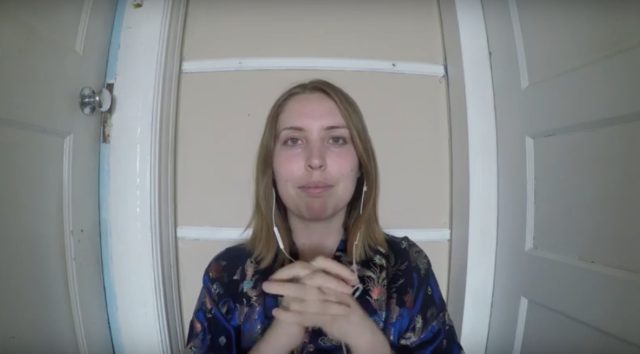
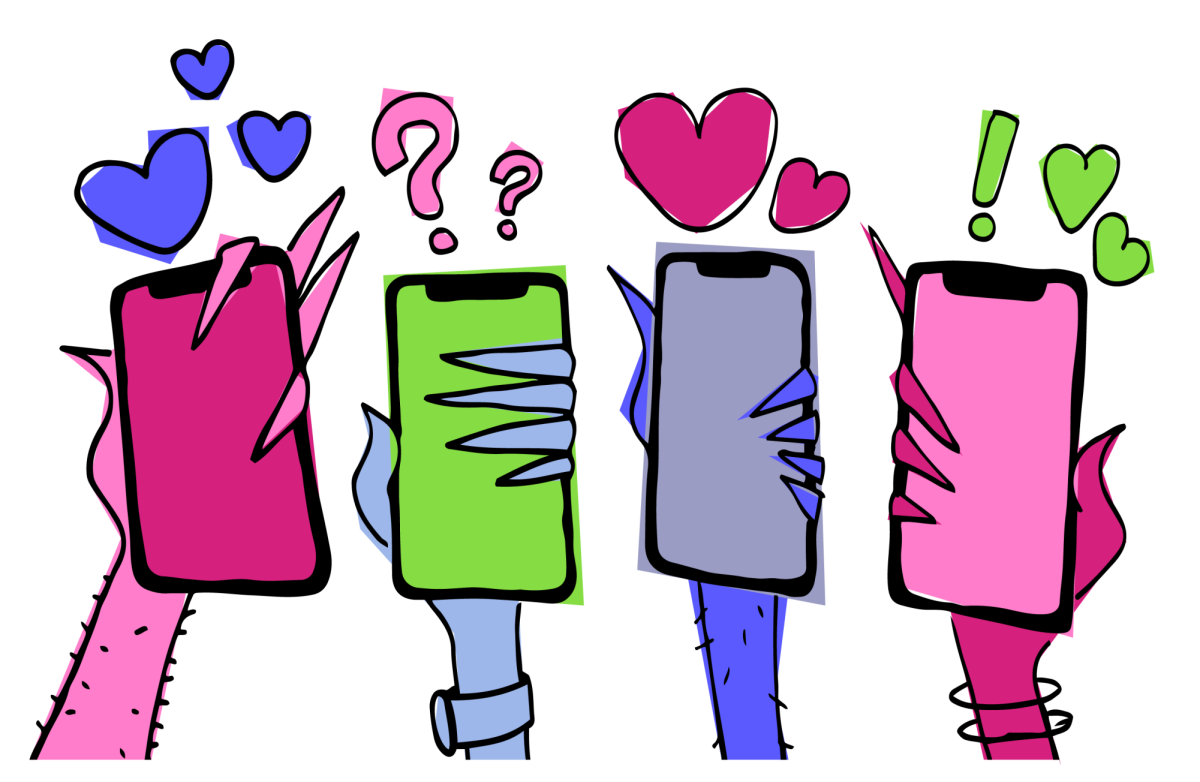
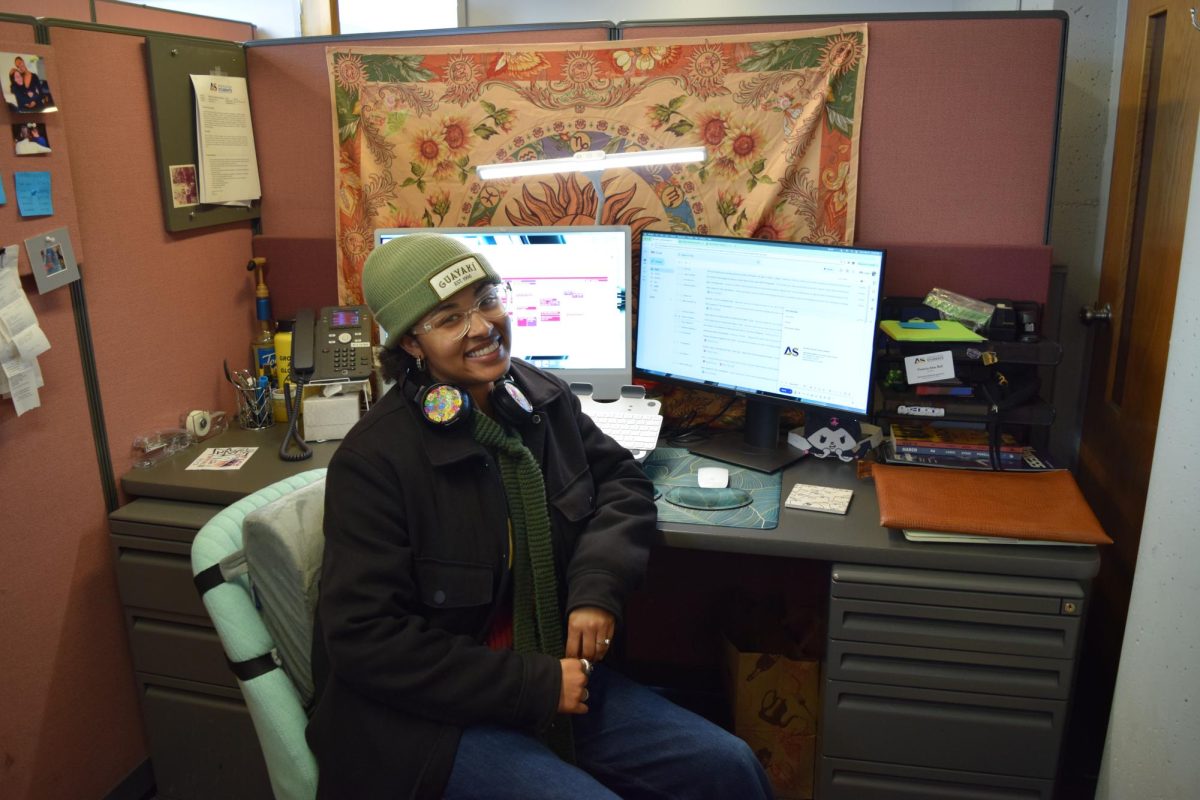
![[From left to right] Joseph Escobedo, Mariana Del Toro, Oliver Elias Tinoco and Rogelio Cruz, Latinx Queer Club officers, introduce themselves to members in the meeting room on the second floor of the Cesar Chavez Student Center.](https://xpressmagazine.org/wp-content/uploads/2024/03/mag_theirown_DH_014-1200x800.jpg)
